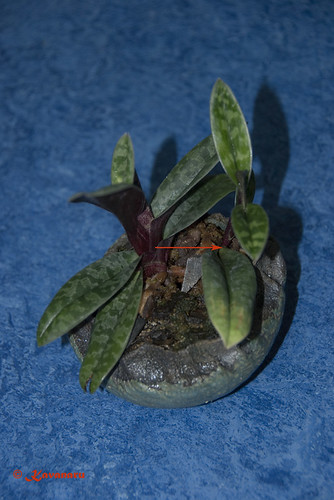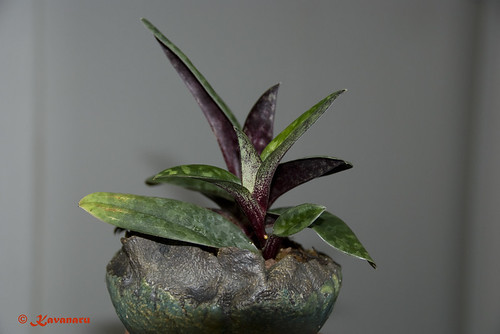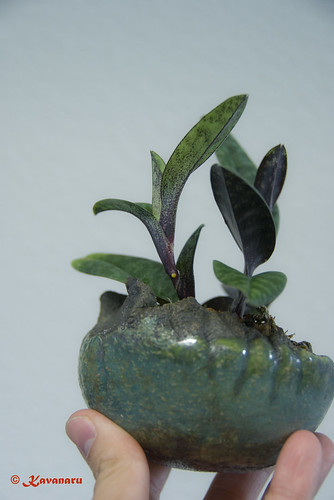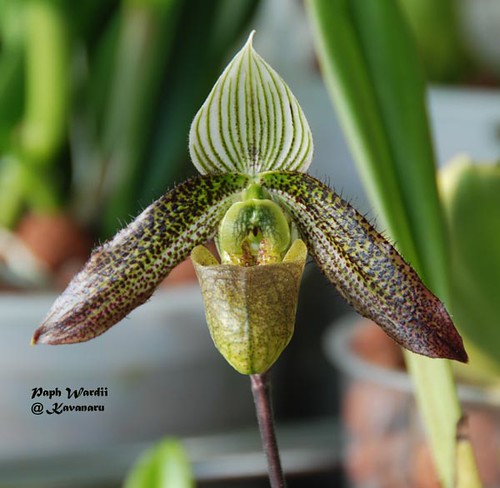K
Kavanaru
Guest
Last year, I received a Paph wardii (single growth in bloom) I left it in the same pot it came, and just after the flower died, it started two new growth on the same side (left side of the first pic). Few months later, a third growth on the same side could be seen (between the first two). All three growth were doing fine, but the pot looked now too small for this plant. Especially, after a fourth growth started on the other side (right side of the first pic). So, today I decided I would repot this plant into a larger pot...
I was quite surprised when I realised that two of the new groth (second and third) were not attached to the plant anymore. They are still attached to each other and with very good root system (now I have a second plant ). Funny, was to see that the 4 growth is actually a stolon from the first one... Is it normal for paph wardii to grow stolons! I had never read about stolon in thi sspecies before...
). Funny, was to see that the 4 growth is actually a stolon from the first one... Is it normal for paph wardii to grow stolons! I had never read about stolon in thi sspecies before...
Note: the large "yellowish" leaf at the basis of the stolon is the rest of the original growth I received.



I was quite surprised when I realised that two of the new groth (second and third) were not attached to the plant anymore. They are still attached to each other and with very good root system (now I have a second plant
Note: the large "yellowish" leaf at the basis of the stolon is the rest of the original growth I received.








